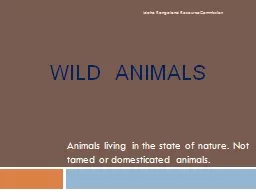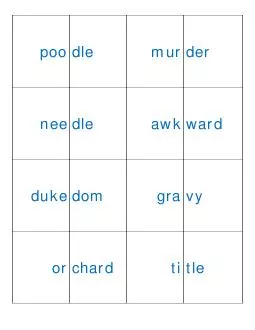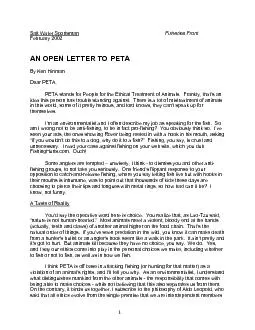PPT-Wild Animals Animals living in the state of nature. Not tamed or domesticated animals.
Author : natalia-silvester | Published Date : 2018-10-27
Idaho Rangeland Resource Commission Pronghorn Antelope Pronghorn Antelope Pronghorns live in the sagebrush grasslands of Idaho They have a showy coat that is tan
Presentation Embed Code
Download Presentation
Download Presentation The PPT/PDF document "Wild Animals Animals living in the stat..." is the property of its rightful owner. Permission is granted to download and print the materials on this website for personal, non-commercial use only, and to display it on your personal computer provided you do not modify the materials and that you retain all copyright notices contained in the materials. By downloading content from our website, you accept the terms of this agreement.
Wild Animals Animals living in the state of nature. Not tamed or domesticated animals.: Transcript
Download Rules Of Document
"Wild Animals Animals living in the state of nature. Not tamed or domesticated animals."The content belongs to its owner. You may download and print it for personal use, without modification, and keep all copyright notices. By downloading, you agree to these terms.
Related Documents














